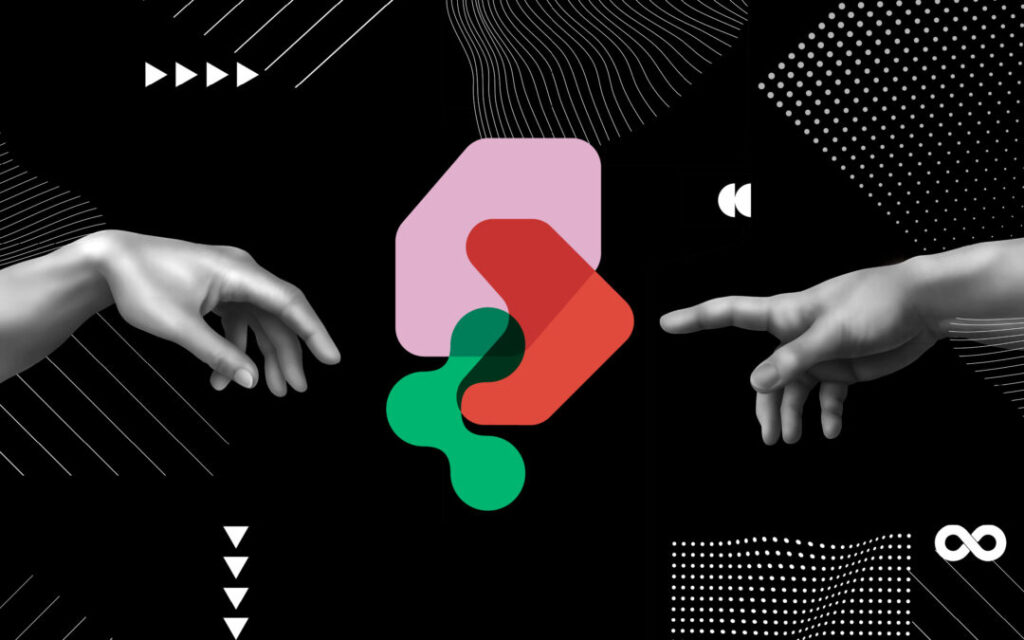Designers, like any creative professionals, often find themselves immersed in the relentless pursuit of innovation and perfection, mental rejuvenation is essential.
This continuous pressure to generate fresh ideas and deliver outstanding results can often lead to burnout and the dreaded ‘creative block’.
For a long and successful career in the creative industry, it becomes crucial for designers to recognise the importance of taking time to unwind and recharge their creative energies in their design practice.
Finding inspiration away from a screen
Stepping away from the design process allows the mind to rest and rejuvenate. Engaging in activities unrelated to work provide a mental break. This detachment from the design environment – and the screen – enables designers to gain new perspectives and insights, which fosters creativity.
One way of doing this is by getting back to nature. In New Zealand, this practice is not just a luxury but a fortunate reality. Here we are surrounded by vast landscapes and natural beauty to inspire and unwind in.
Seasonal rest
Once a year over the holiday season, between the months December and January, many businesses close down to allow their workers to take a well-deserved break with their families. This time, in particular, provides a unique opportunity for our studio team to fully decompress from the demands of a bustling year.
Ideas can come when you least expect them
Taking time to unwind is not a luxury but a necessity for sustained creative output. It is in these moments of reprieve that the subconscious mind continues to process ideas and solve design challenges.
Relaxation is not just about physical rest, but also mental rejuvenation. By allowing the mind to wander freely, designers may stumble upon unexpected connections and ideas that can be transformative for their work.
Getting the balance right
Embracing a balanced approach to work and leisure not only prevents burnout but also ensures that designers remain inspired, adaptable, and consistently innovative in their creative endeavours. This not only benefits the wellbeing of the creative, it also nurtures a culture of creativity and expression that amplifies our studios creative output.
Which in turn leads to greater creative solutions for our clients.
Conclusion
In the quest for design excellence, a well-rested mind proves to be the most fertile ground for cultivating imaginative and ground-breaking creative ideas.
Stacey Morrissey- October 11 2024






